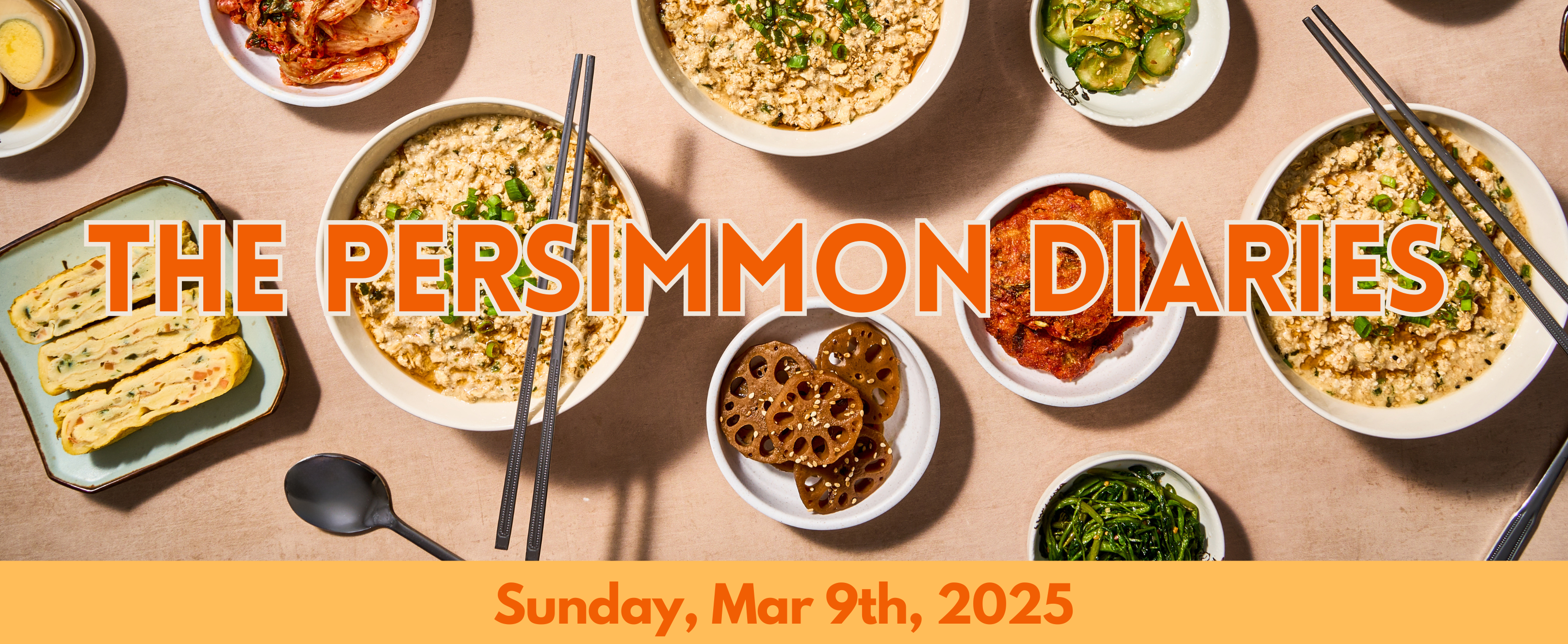Our small but mighty team of three has been deep in conversation. It's been challenging, exciting, but always necessary. At the heart of it is a big question: Who are we, and where are we heading?
We’re creating something that doesn’t currently exist on grocery store shelves: savory oatmeal. That means we have the privilege (and challenge) of setting expectations—from flavor to pricing to how and when people even think about eating it.
The Price of Innovation
From day one, we liked the idea that our product was adjacent to oatmeal. It made the concept easier to grasp: you know what it is, you know how to make it, and now we’re just introducing a savory, Korean-inspired twist. But that familiarity comes with an unexpected consequence—it anchors shoppers to a certain price point.
If we’re sitting next to Quaker or Bob’s Red Mill, people naturally compare prices. Most oatmeal brands are priced from $2 to $5 for multiple servings, maybe hitting $7 in natural and specialty stores. Meanwhile, we’re making something with more than twice the number of ingredients (most conventional brands have 4-5 ingredients), all high quality, without additives or preservatives. Our first product has furikake, seaweed, tamari powder, sesame seeds, miso powder, freeze-dried scallions—real and strong flavors that deserve respect, but also cost more.
So, how do we price something that’s both familiar and completely new? And how do we do it in a way that’s sustainable for the business? These are the questions keeping us up at night.
Building with Intention
It’s no secret that the CPG world is tough right now. Brands we admire are struggling or shutting down, often because financials weren’t prioritized early enough. We’re determined to be thoughtful about every decision—whether that’s where we launch first, how we plan for future products, or how we balance quality with cost.
The last two weeks have felt pivotal for us, like we’re defining Gamsa’s foundation in real time. And while it can be overwhelming to weigh five different factors at once to determine our initial pricing (short-term feasibility, long-term sustainability, customer expectations, brand values, and the realities of manufacturing), having each other makes all the difference.
The Gamsa team is determined to make this happen, to bring our savory oatmeal to your local grocery stores. We’re using the trust and gratitude we feel for each other to be honest, challenge one another, and share the weight of these decisions. This is what keeps us moving forward. So, here’s to the hard conversations, the big decisions, and the occasional existential crisis over a bowl of savory oatmeal.



Lately, I’ve been thinking about why I started Gamsa in the first place. At the core of it, I just wanted something that tasted like home without spending hours making it. If you’ve ever made juk or congee from scratch, you know it’s a process—soaking rice, chopping ingredients, slow-cooking everything until it’s just right. It’s comforting, but it takes time, and most days, I just don’t have that.
This idea came from the times I’d get home after a long day, exhausted, and the last thing I wanted to do was cook. Or the mornings when it was freezing outside, and all I wanted was something warm and savory, but I didn’t have the time or energy to make it. I wanted Gamsa to be that shortcut, something that actually tasted good, with real ingredients, but didn’t require a whole lot of effort and time.
We could’ve made it cheaper. We could’ve used oats instead of the rice blend, stripped back the ingredients, or thrown in fillers to cut costs. But then it wouldn’t be what I set out to make. If I wouldn’t eat it (or Mama Hwang), why would I ask anyone else to?
Figuring out how to balance convenience, quality, and price hasn’t been easy, but it’s worth it. Because at the end of the day, I just wanted something that feels and taste like home—without the work.
With gratitude,
Sarah







Leave a comment
This site is protected by hCaptcha and the hCaptcha Privacy Policy and Terms of Service apply.